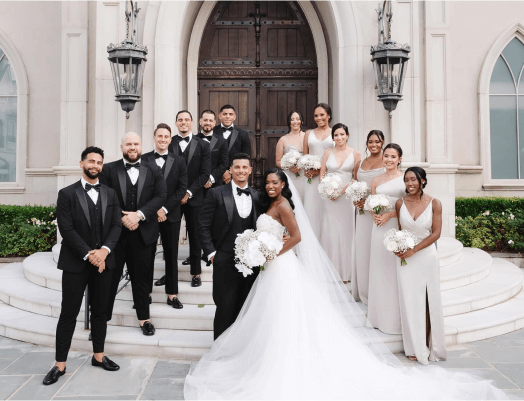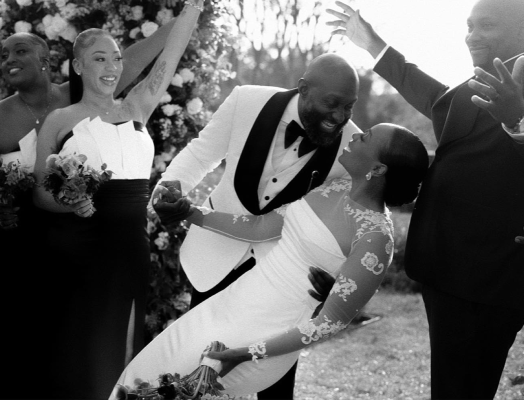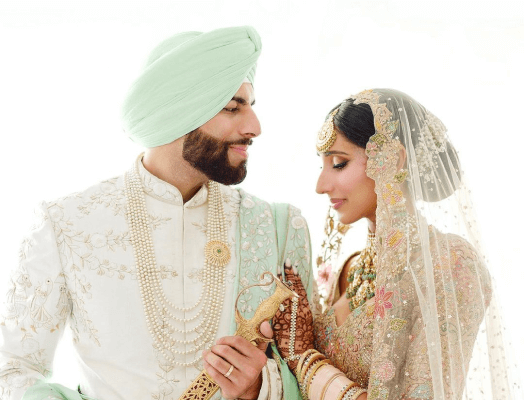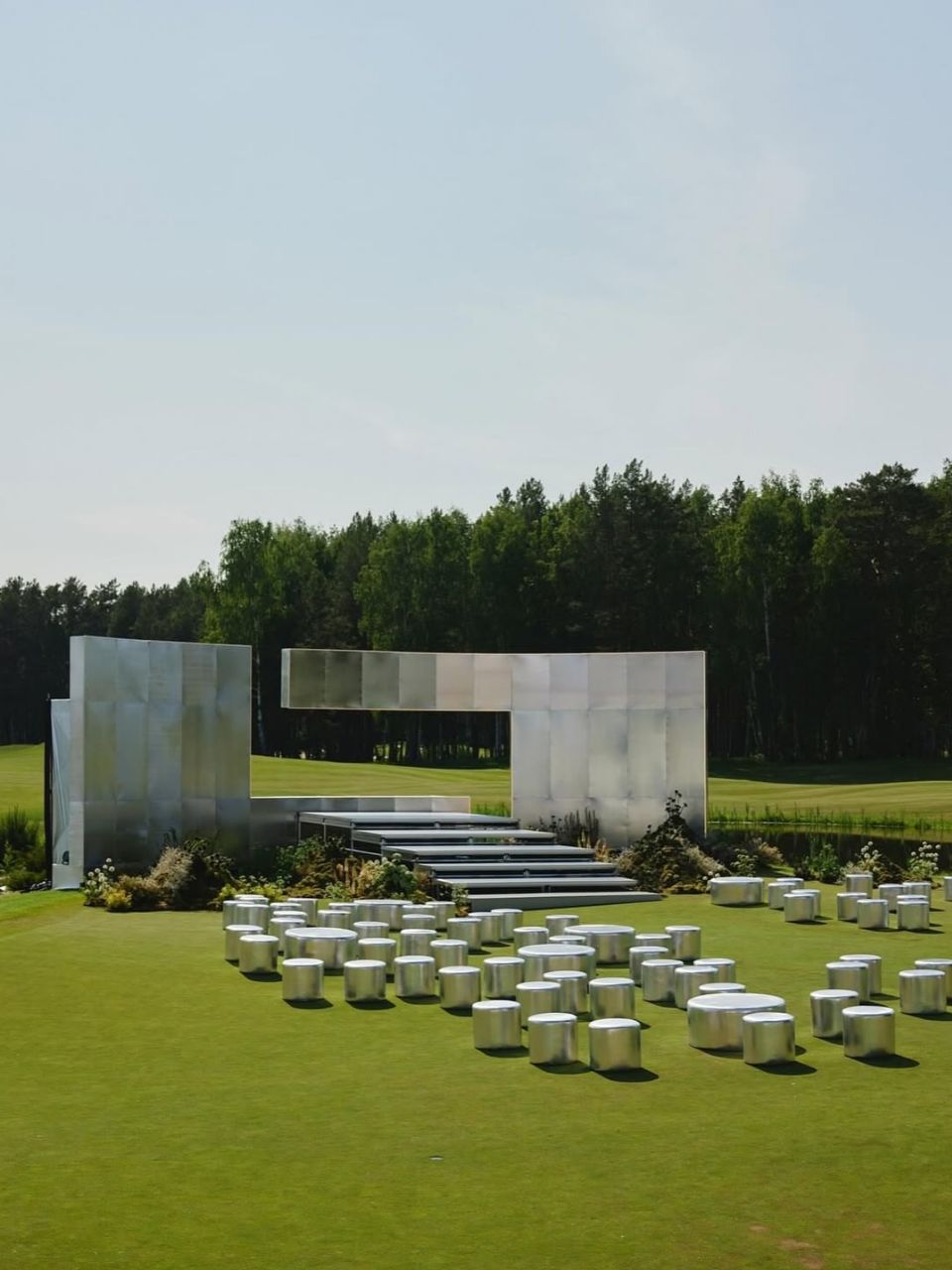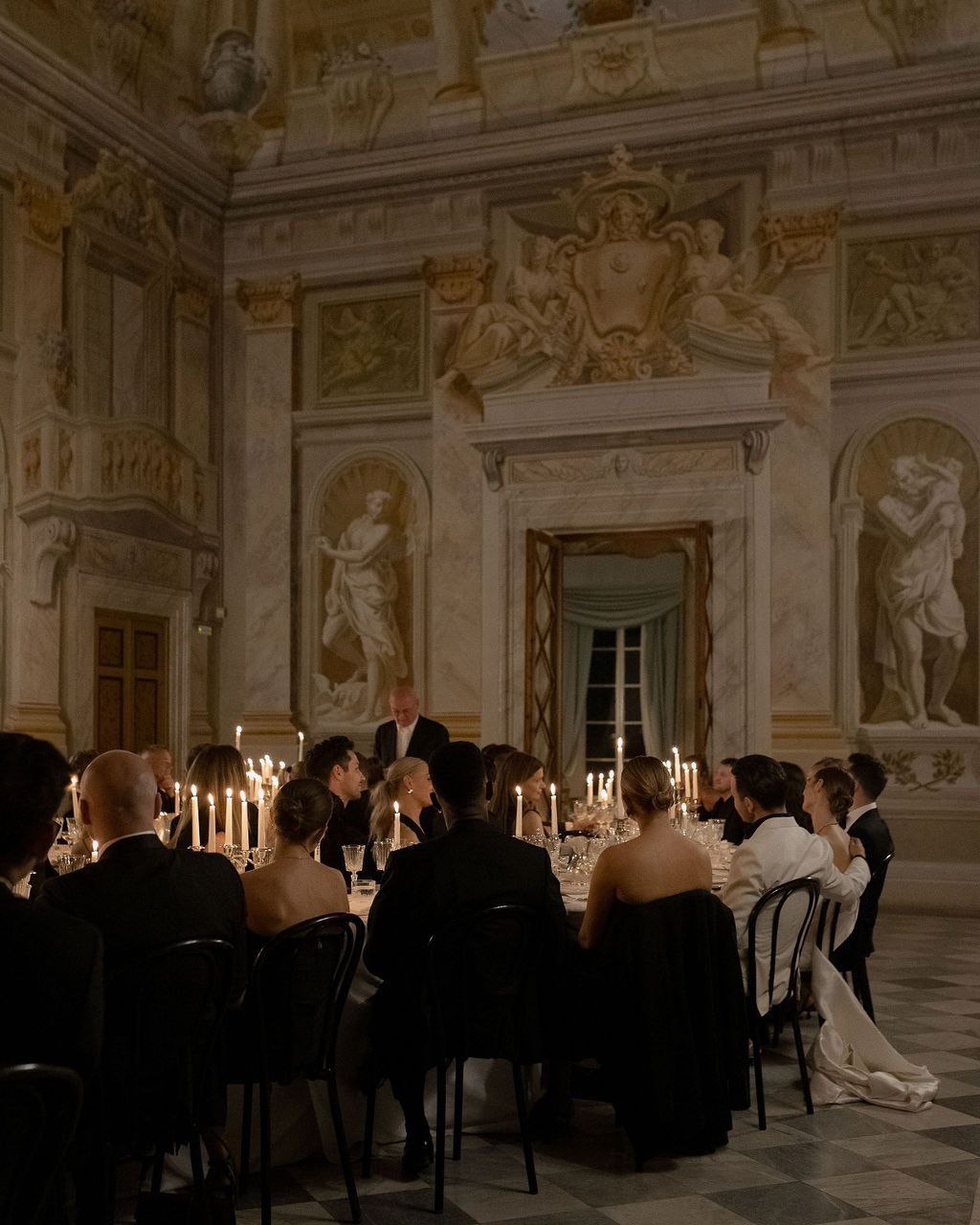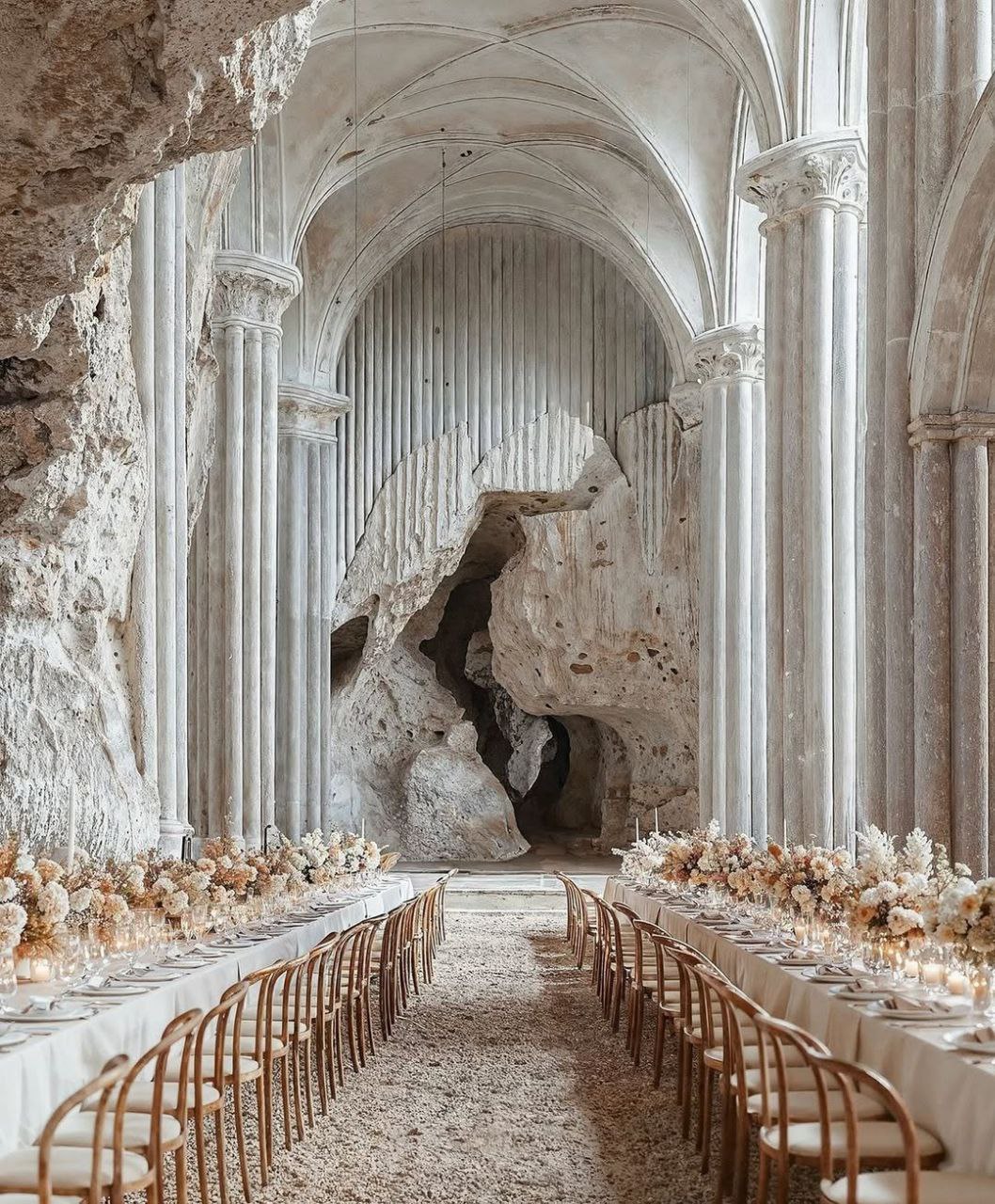25 Tips for Planning a Microwedding That Feels Big
- Author: Natali Grace Levine
- Reading time: 14 min 45 sec
- Publication date: 07/01/2025
- Updated: 09/09/2025
- Choose a Venue That Photographs Like a Dream
- Splurge on What You Actually Care About
- Create Multiple "Moments" Throughout the Day
- Design a Signature Experience Nobody Will Forget
- Make Your Entrance Unforgettable
- Invest in Live Music That Fills the Space
- Craft a Menu That Tells Your Story
- Design Seating That Encourages Connection
- Create Custom Details That Scale Perfectly
- Hire a Planner Who Specializes in Intimate Events
- Document Everything with Intentional Photography
- Build in Time for Real Conversations
- Choose Flowers That Make a Statement
- Design a Send-Off That Feels Cinematic
- Create Welcome Experiences That Set the Tone
- Incorporate Interactive Elements Everyone Can Enjoy
- Design Your Timeline Around Connection, Not Tradition
- Invest in Luxury Transportation
- Create a Playlist That Everyone Will Love
- Plan a Post-Wedding Activity
- Communicate Your Vision Clearly to Guests
- Capture Audio from Your Ceremony
- Create Flexible Backup Plans
- Design Favors That Actually Matter
- End with an Intimate After-Party
Small guest list, massive memories
Forget everything you've heard about “smaller means lesser.” Your micro wedding isn’t a consolation prize — it’s your chance to create something deeply intimate, wildly personal, and unexpectedly grand. With fewer guests, you can pour your energy into the details that truly matter and design moments that feel larger than life. If you’re wondering how to plan a micro wedding without missing a beat, start with the must-haves and focus on what brings you joy, not stress. Whether you choose to go micro by choice or by circumstance, the goal isn’t to make a small wedding feel big — it’s to make every element so meaningful and beautiful that size simply doesn’t matter.


Find Your Perfect Wedding Vendors
Choose a Venue That Photographs Like a Dream
Your guest list might be small, but your photos will tell the story for years to come. This is where you get to be incredibly strategic about visual impact versus practical capacity. While traditional venues worry about fitting 200 people comfortably, you can prioritize jaw-dropping backdrops and architectural details that make every shot look editorial.
Think beyond typical wedding venues. Art galleries offer dramatic lighting and conversation-worthy backdrops. Historic libraries provide rich textures and romantic lighting. Modern lofts give you industrial chic with flexibility to transform the space completely. Even unconventional spaces like botanical conservatories, museum courtyards, or rooftop terraces can provide the visual drama that makes your intimate gathering look like the most exclusive event of the year.
Splurge on What You Actually Care About
Here's the beautiful math behind planning a micro wedding: when you're not spending $15,000 on catering alone, suddenly everything else becomes possible. This is your chance to reverse-engineer your budget around what actually gives you chills when you think about your wedding day.
The secret is identifying your non-negotiables first. What elements of your wedding would you regret skimping on five years from now? For some couples, it's the photography that will become family heirlooms. For others, it's the music that sets the entire emotional tone of the day. Some couples pour their budget into creating an incredible culinary experience because sharing amazing food with loved ones is their love language.


Create Multiple "Moments" Throughout the Day
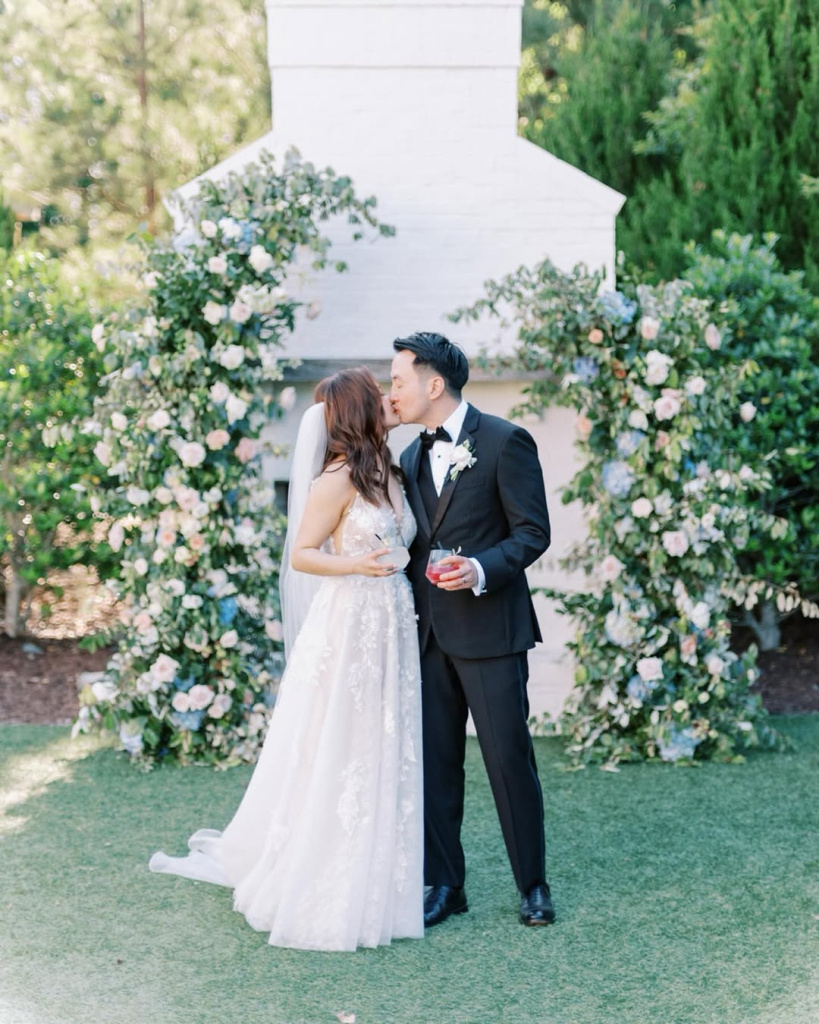
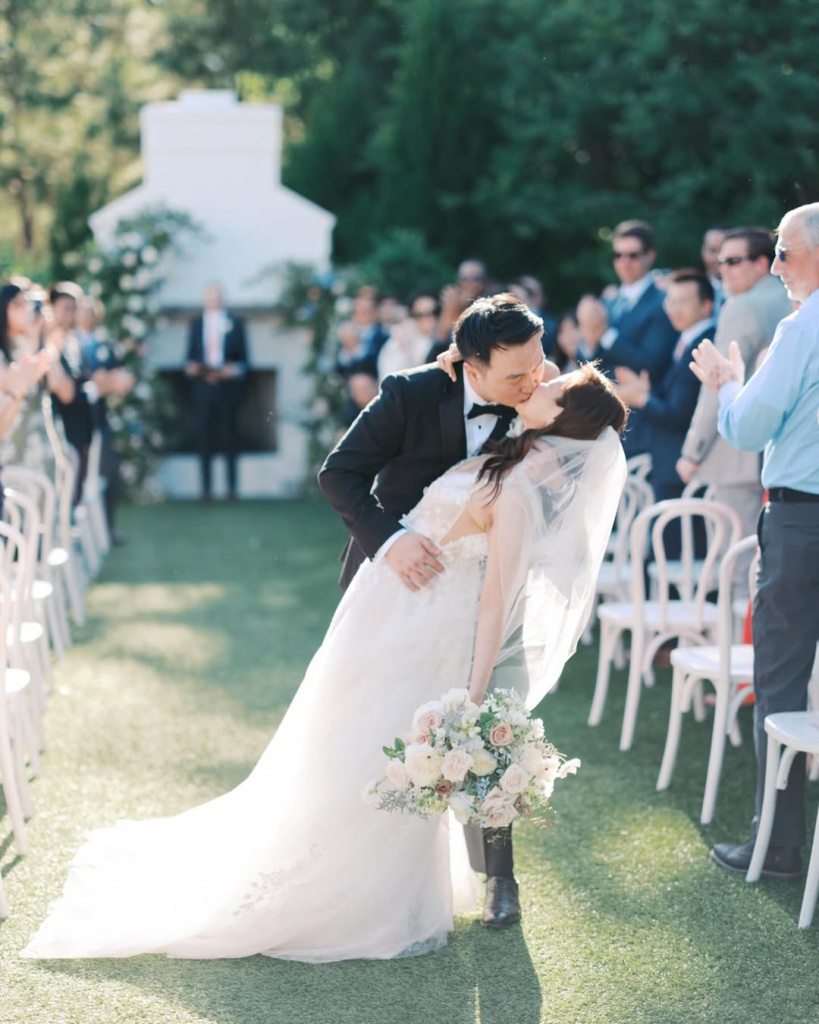
The traditional wedding timeline assumes you need to keep large groups entertained and moving efficiently from one activity to the next. With a smaller group, you can throw that playbook out the window and design something that feels more like a curated experience than a logistical exercise.
Think of your wedding day as a series of intimate scenes in your favorite movie. Each transition is an opportunity to create anticipation and give your guests something new to discover. Maybe you start with a private ceremony in a garden, move to champagne and appetizers on a rooftop terrace, then transition to dinner in a cozy private dining room, and end with dancing under string lights in a courtyard.
Each location change allows you to reset the energy and introduce new elements. Your photographer gets varied backdrops, your guests stay engaged instead of getting restless, and you create natural breaks where people can process the emotions of each moment. This approach also allows different personality types in your group to shine—maybe Uncle Joe isn't much for dancing but loves the cocktail conversation hour, while your college friends live for the after-dinner celebration.
Design a Signature Experience Nobody Will Forget
The signature experience doesn't have to be the main event—sometimes it's the perfect transition between ceremony and reception. Think about what you and your partner love doing together, then scale it up for your group. If you're weekend hikers, maybe it's a scenic walk to a beautiful picnic spot. If you're foodies, perhaps it's a progressive dinner where each course happens at a different location around your town. Document these experiences thoroughly because they'll become some of your most treasured memories.


Make Your Entrance Unforgettable
With fewer eyes on you, each person's attention becomes more focused and valuable. This isn't about grand gestures for the sake of drama—it's about creating a moment so beautiful and intentional that it stops everyone in their tracks and makes them fully present for your ceremony.
Consider the approach that builds anticipation. Instead of everyone seeing you get ready, disappear an hour before the ceremony and make your first appearance the actual entrance. This works especially well if you're getting ready off-site or have a venue with multiple spaces. The element of surprise amplifies the emotional impact when you finally appear.
Weather can be your friend here too. A ceremony timed for golden hour means you're literally walking into perfect light. Evening ceremonies allow for dramatic lighting with candles, string lights, or even subtle uplighting that creates atmosphere impossible to achieve in broad daylight. Some couples love the drama of arriving just as the sun sets, with the transition from natural to artificial light happening during their entrance.
Invest in Live Music That Fills the Space
Nothing transforms the atmosphere of an intimate space like live music, and with a smaller guest count, you can afford caliber musicians who would blow your entire budget with a traditional wedding. The acoustic dynamics of a smaller space mean every note carries more weight and creates more intimacy.


Craft a Menu That Tells Your Story
Skip the generic wedding fare and create a dining experience that reflects your journey as a couple. Consider these storytelling approaches for your menu:
- The Journey Menu: Each course represents a different place you've traveled together, with wines from those regions
- Seasonal Story: Design your menu around the exact season and location where you got engaged
- Family Heritage: Include dishes that represent both of your cultural backgrounds or family traditions
- First Date Recreation: Elevate the cuisine from your first date restaurant into a sophisticated tasting experience
- Favorite Date Night: Transform your go-to casual dining choices into elegant versions
Work with a chef who gets excited about customization and storytelling through food. Many private chefs and specialized caterers love the creative challenge of designing completely custom menus for smaller groups. The wine or cocktail pairings deserve equal attention to the food. Consider hiring a sommelier for wine pairings, or work with a skilled bartender to create signature cocktails that complement each course.


Design Seating That Encourages Connection
Forget everything you know about traditional wedding seating charts. Round tables that seat 8-10 people might work for large weddings, but they're often counterproductive for intimate celebrations. With a smaller group, you have the opportunity to design seating that facilitates the conversations you actually want to happen.
Seating arrangements that work beautifully for microweddings:
- One Long Table: Everyone can see and hear each other, toasts feel inclusive, and the family-style atmosphere encourages sharing and conversation
- Lounge Areas with Low Tables: Mix of sofas, armchairs, and ottomans creates a relaxed atmosphere where people can move around naturally
- U-Shape Configuration: Allows everyone to see each other while giving you as the couple a natural "head table" position
- Multiple Small Tables for 4: Encourages intimate conversations while still feeling cohesive
- Garden Party Style: Mix of different seating types—some standing cocktail tables, some traditional seating, some lounge areas
- Picnic Style: Especially beautiful for outdoor weddings, creates a casual, approachable atmosphere
- Theater-Style for Ceremony, Transformed for Reception: Use the same space differently for different parts of your celebration
Consider flexible seating for different parts of your celebration. Maybe you have more structured seating for dinner but transition to lounge-style seating for dancing and late-night conversation. This gives people options based on their energy level and social preferences throughout the evening.


Create Custom Details That Scale Perfectly
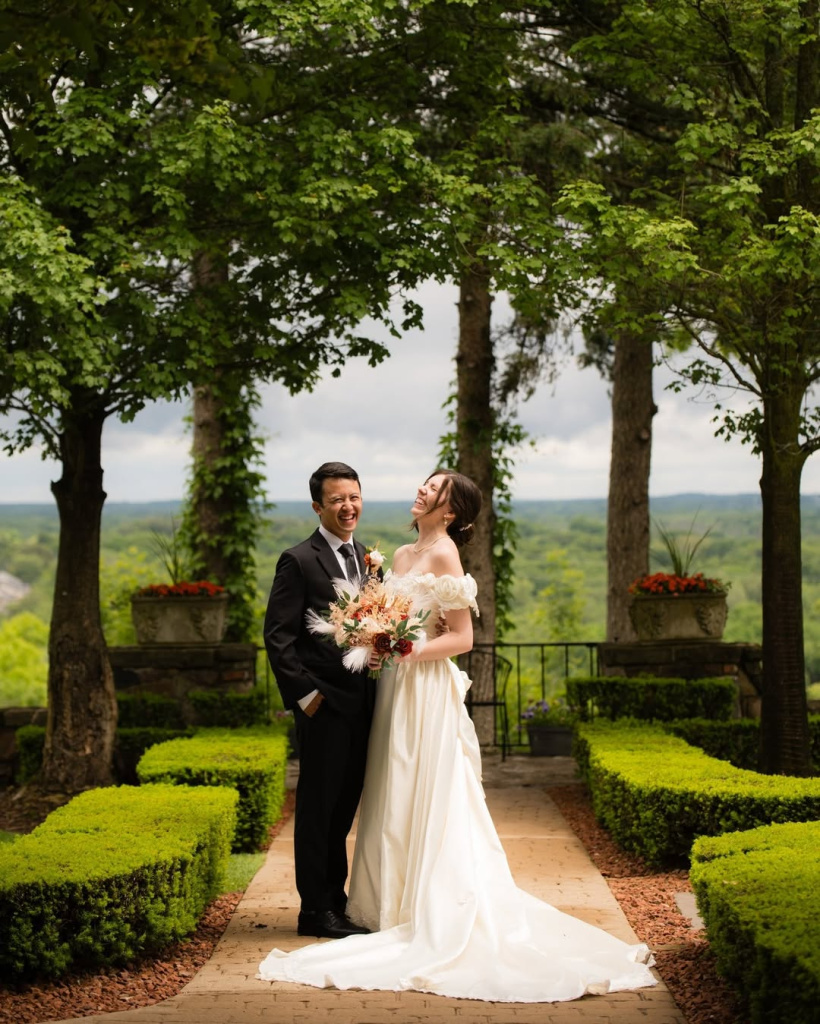
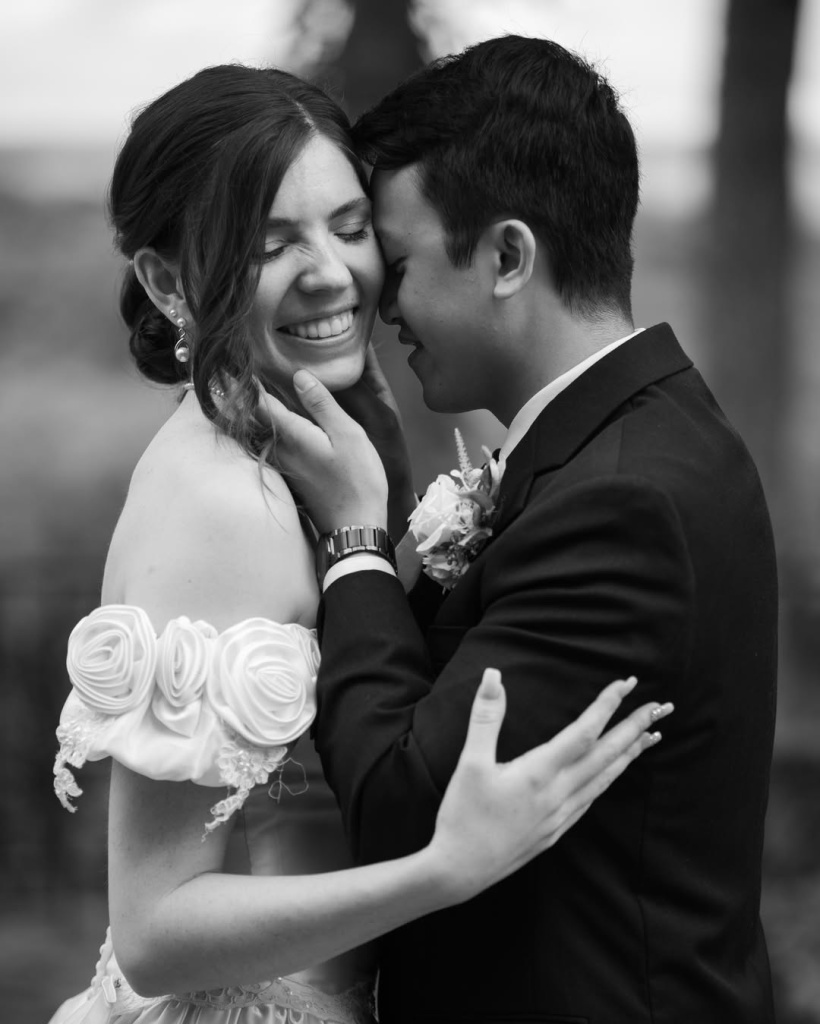
Start with place settings that tell individual stories. Instead of generic place cards, write personal notes to each guest explaining why they're important to your story as a couple. Include inside jokes, shared memories, or acknowledgments of how they've supported your relationship. These become keepsakes that your guests will treasure long after the wedding.
Custom cocktails deserve special mention here. Instead of offering a standard bar, create 2-3 signature drinks that represent different aspects of your relationship or honor important people in your lives. Name them after your pets, your favorite vacation spots, or inside jokes that your friend group will appreciate. Provide recipe cards so guests can recreate these drinks at home and think of your wedding.
Consider custom scents for your wedding. Work with a local perfumer to create a signature scent that gets diffused subtly throughout your space, or provide small custom candles as favors. Scent creates powerful memories, and years later, when your guests encounter that particular fragrance combination, they'll be transported back to your wedding day.
Personalized music elements add another layer of customization. Create custom playlists for different parts of your celebration, but go beyond just choosing songs you like. Include tracks that have specific meaning to your relationships with different guests—maybe your college roommate hears the song from your senior year spring break, or your parents hear the song from their own wedding during the dinner hour.
Hire a Planner Who Specializes in Intimate Events
Not all wedding planners understand the unique dynamics and opportunities of intimate celebrations. Many are trained to manage large events efficiently, but microweddings require a completely different skill set focused on creating layered experiences and managing details that would be impossible with larger groups.
A good intimate wedding planner should have vendor relationships that extend beyond typical wedding professionals. They might know private chefs who specialize in dinner parties, musicians who excel in acoustic settings, or artists who can create custom installations for smaller spaces. Their network should reflect the unique possibilities of intimate celebrations.


Document Everything with Intentional Photography
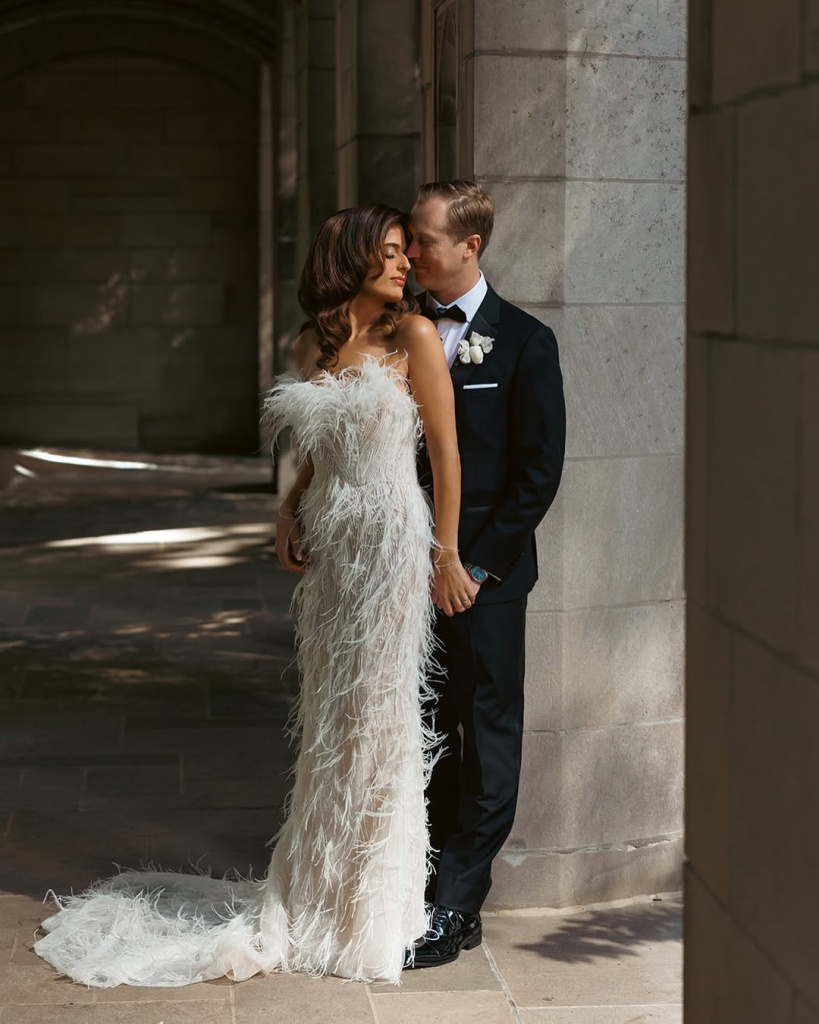
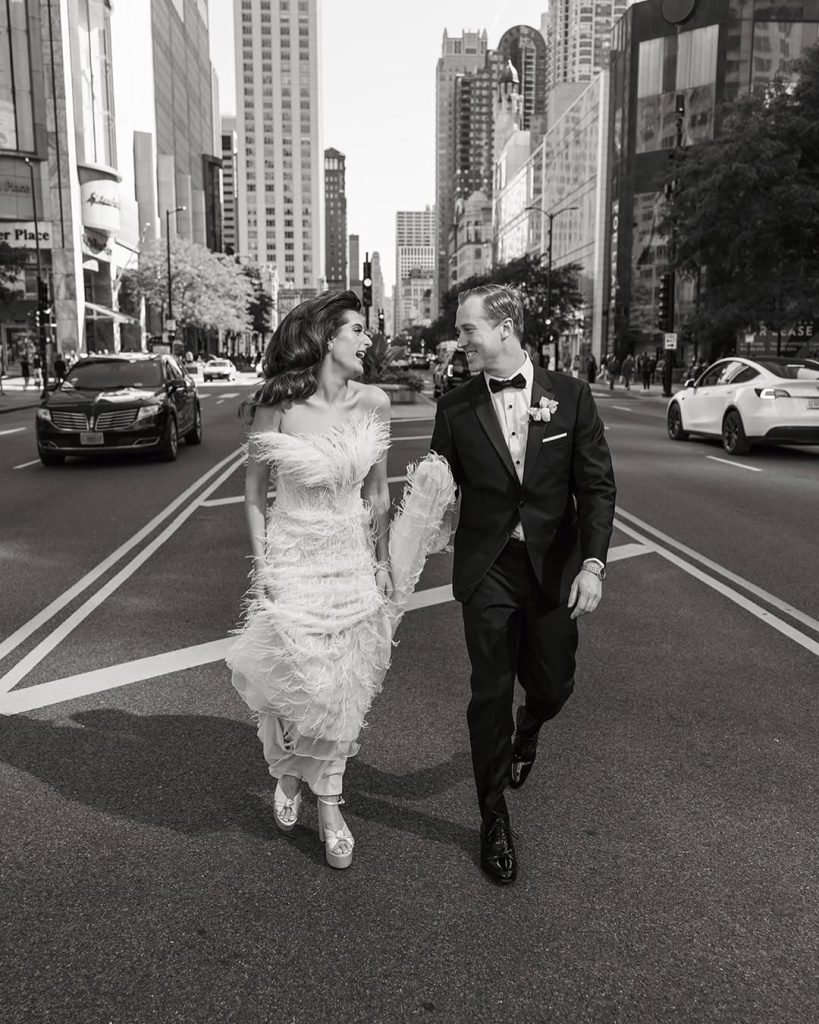
With fewer people competing for attention, your photographer can capture the nuanced emotional moments and intimate interactions that often get lost in larger weddings. This is your opportunity to prioritize storytelling over crowd management in your wedding photography.
Brief your photographer extensively about your guest relationships and dynamics. With a smaller group, individual personalities matter more, and your photographer should understand which relationships are most important to document. Maybe it's the moment between you and your grandmother, or the interaction between your college friends and your siblings. These specific relationships deserve dedicated attention.
Build in Time for Real Conversations
Traditional wedding timelines often rush from one structured activity to the next, leaving little time for the conversations that make celebrations memorable. With fewer people to coordinate, you can build in generous buffer time that allows for organic interactions and deeper connections.
Consider hosting extended cocktail hours where you can rotate through small groups of guests. Instead of trying to greet everyone briefly, plan 10-15 minute conversations with different groups throughout the evening. This might mean cocktails last 90 minutes instead of 45, but the trade-off is genuine connection instead of superficial greetings.


Choose Flowers That Make a Statement
Think in terms of focal points rather than decoration. One stunning floral arch can transform your entire ceremony space. A dramatic overhead installation above your dinner table becomes a conversation piece that guests will photograph from every angle. A single spectacular arrangement on a cocktail table can anchor an entire room's aesthetic.
Here are some of our favorite ideas:
- Seasonal abundance: Choose flowers that are at peak season in your area for maximum impact and freshness
- Monochromatic sophistication: All white, all blush, or all greenery creates sophisticated cohesion
- Texture play: Combine different textures—smooth roses with spiky thistles, soft peonies with structured protea
- Unexpected elements: Incorporate fruits, branches, or even vegetables for unique visual interest
- Scented choices: Prioritize fragrant flowers like gardenias, sweet peas, or jasmine that create sensory memories
- Local specialties: Feature flowers that are unique to your region or meaningful to your location
Don't forget about the ceremony-to-reception transition. Plan how your ceremony flowers will be repurposed or moved to create cohesion throughout your celebration. This planning ensures that your floral investment creates impact throughout your entire day rather than just during specific moments.
Design a Send-Off That Feels Cinematic
Your exit might be witnessed by fewer people, but it can be infinitely more dramatic and coordinated. With a smaller group, you can orchestrate something that looks like it belongs in a movie rather than trying to manage the logistics of getting 150 people to participate in a sparkler send-off.
Memorable send-off ideas for intimate weddings:
- Lantern release: Check local regulations, but floating lanterns create magical photos and symbolic meaning
- Sparkler tunnel: With fewer people, you can afford higher-quality sparklers that burn longer and brighter
- Bubble send-off: Whimsical and photogenic, especially beautiful if timed for golden hour light
- Flower petal toss: Romantic and colorful, works especially well with petals that complement your wedding flowers
- Ribbon wands: Guests wave ribbons as you exit, creating movement and color in photos
- Musical send-off: Live musicians play as you exit, creating audio memories along with visual ones
Document your send-off from multiple angles. Brief your photographer about your exit plans so they can position themselves for the best shots. Consider whether you want traditional exit photos or if you prefer more candid documentation of the moment.



Create Welcome Experiences That Set the Tone
Elements that create memorable welcome experiences:
- Personalized welcome notes: Brief messages explaining why each guest is special to your story
- Live music starting immediately: Musicians playing as guests arrive sets an elevated tone
- Visual surprise elements: Something unexpected that guests discover as they enter
- Interactive guest book alternatives: Activities that get people engaged immediately upon arrival
- Curated lighting: Ensure your entrance area is beautifully lit for both ambiance and photos
The welcome experience should reflect the overall tone you want for your celebration. If you're planning an elegant, sophisticated event, your welcome should feel refined and gracious. If you're going for relaxed and fun, your welcome can be more casual and playful. The key is consistency between your welcome tone and the rest of your celebration.


Incorporate Interactive Elements Everyone Can Enjoy
The key to successful interactive elements is choosing activities that match your group's personality and comfort level. Consider what your guests actually enjoy doing and design activities around their interests rather than generic wedding entertainment that might not fit your crowd.
Interactive ideas that work beautifully for intimate celebrations:
- Group cooking class: Start your reception by preparing part of your meal together
- Wine or whiskey tasting: Led by an expert who can teach everyone something new
- Collaborative art project: Everyone contributes to a painting or sculpture that becomes your keepsake
- Group photo scavenger hunt: List of specific shots you want captured throughout the day
- Storytelling circle: Structured time for guests to share memories or advice
- Dance lesson: Learn your first dance together, then teach it to your guests
- Garden planting: Everyone plants something in pots that you take home to remember the day
Consider activities that create natural conversation starters among guests who don't know each other well. Collaborative activities break down social barriers and give people shared experiences to discuss throughout the rest of your celebration.


Design Your Timeline Around Connection, Not Tradition
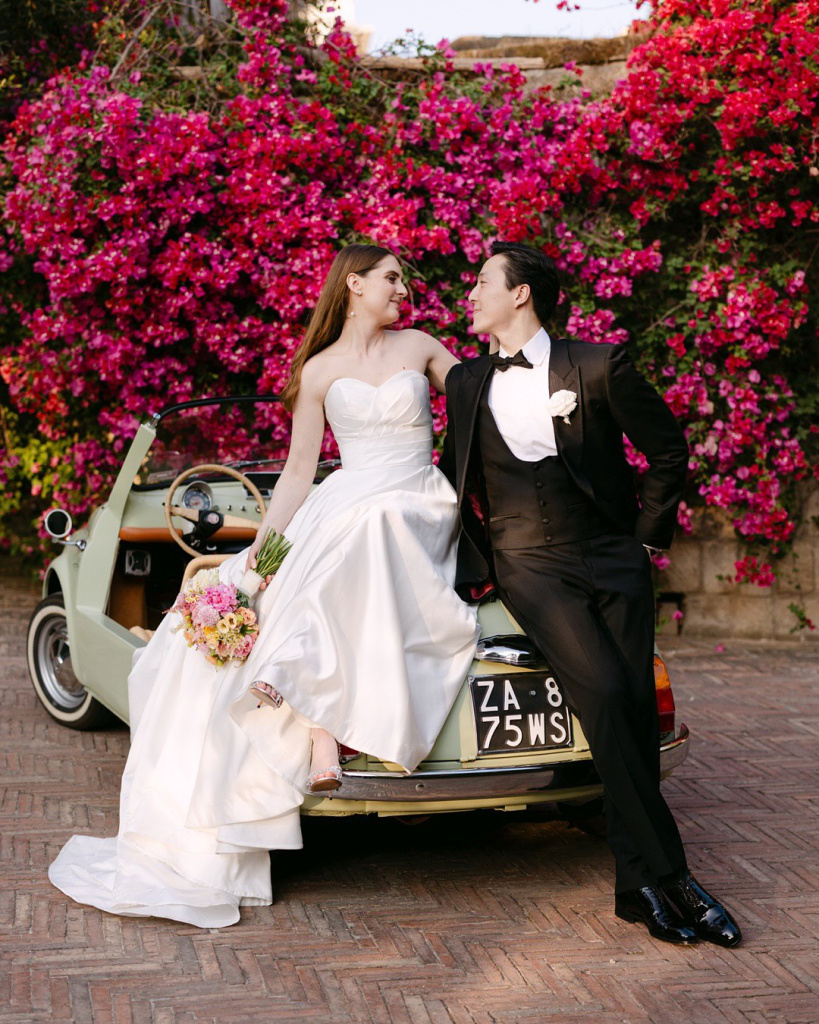
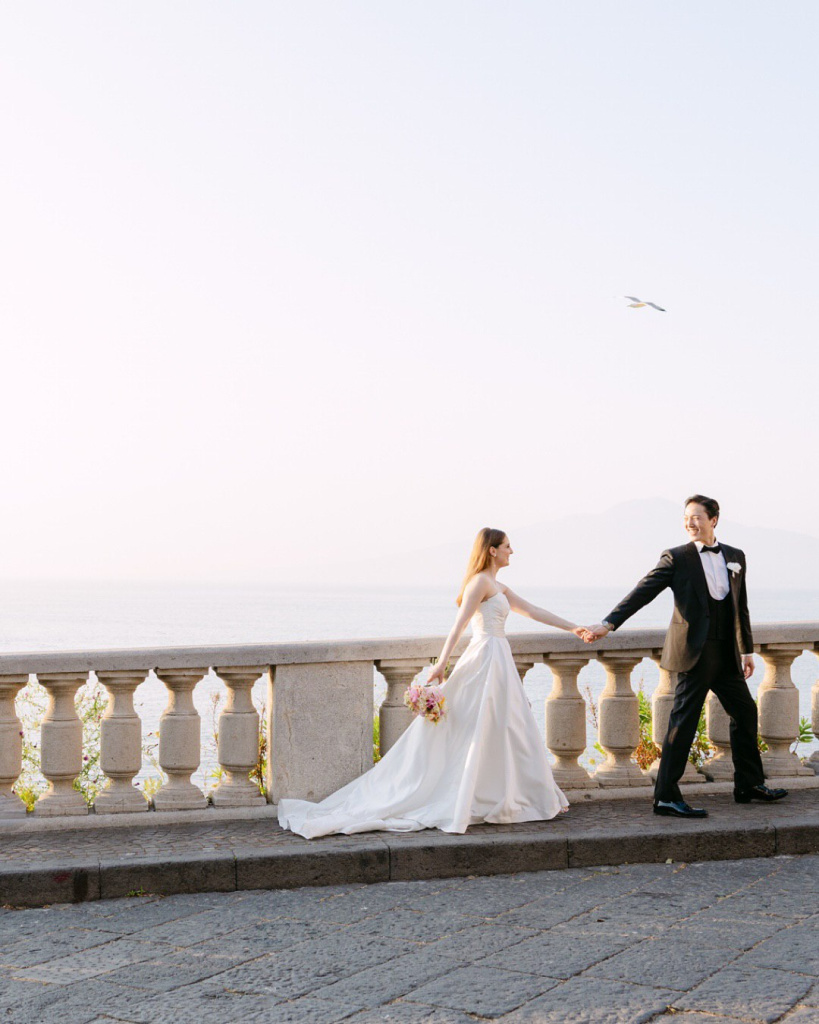
Traditional wedding timelines are built around managing large groups efficiently—getting everyone fed, photographed, and entertained without major logistical disasters. With a microwedding, you can throw out that playbook entirely and design a timeline that prioritizes meaningful moments and natural energy flow.
Timeline elements to consider for intimate weddings:
- Extended cocktail hours: More time for meaningful conversations and connections
- Longer ceremony space: Room for personal vows, multiple readings, or special rituals
- Progressive dining: Multiple courses with time for conversation between each
- Flexible dancing: Start when the energy feels right rather than on a predetermined schedule
- Sunset timing: Plan key moments around natural lighting if you're having an outdoor celebration
- Travel time: Realistic planning for any venue changes or transportation needs
Think about creating natural pauses in your timeline where guests can process emotions and transition between different energy levels. Weddings are emotionally intense experiences, and smaller groups often feel the emotions more deeply because of the intimacy factor.
Invest in Luxury Transportation
With fewer people to coordinate, you can splurge on transportation that becomes part of the experience rather than just a logistical necessity. This is especially impactful if your celebration involves multiple venues or if you want to make arrival and departure feel special.
Consider transportation that reflects your personality and adds to your celebration's atmosphere. A vintage convertible for a glamorous couple, a classic trolley for a fun-loving group, or even a boat transfer between venues can turn travel time into memorable experience time. The key is choosing transportation that your guests will enjoy rather than just tolerate.


Create a Playlist That Everyone Will Love
Consider creating different playlists for different energy levels and activities throughout your day. Your ceremony playlist might be completely different from your cocktail hour music, which should be different from your dinner soundtrack. Each playlist should enhance the specific mood and activities happening during that time.
- Pre-ceremony: Calming music that sets emotional tone without being distracting
- Processional/Recessional: Music that creates the right emotional impact for your ceremony style
- Cocktail hour: Sophisticated background music that enhances conversation without competing
- Dinner service: Music that complements conversation and creates ambiance
- Dancing: High-energy favorites that will get your specific group moving
- Late-night: More relaxed music for winding down and intimate conversation
Consider incorporating music that has specific meaning to different relationships in your group. Maybe there's a song that reminds you of college friends, or something that was playing during a memorable trip with family. These personal touches make your playlist feel curated specifically for the people present.


Plan a Post-Wedding Activity
The post-wedding activity should feel different from your main celebration—more relaxed, spontaneous, and intimate. This is your opportunity to decompress with your favorite people while the emotions and excitement of the day are still fresh.
Consider activities that allow for easy conversation and natural mingling:
- Midnight breakfast: Classic comfort food at a 24-hour diner creates a fun, unexpected end to an elegant day
- Hotel suite hangout: Comfortable space for continued conversation, room service, and relaxed celebration
- Home after-party: Your own space allows for complete relaxation and personal touches
- Sunrise breakfast: For couples who love early mornings, ending your celebration as the sun comes up feels poetic
- Game night: Board games or card games create natural conversation and laughter
Think about practical considerations like transportation, energy levels, and guest accommodations. Not everyone will want to continue celebrating, and that's perfectly fine. The key is creating an option that feels special for those who do want to extend the evening without making anyone feel obligated to participate.


Communicate Your Vision Clearly to Guests
Help your guests understand that this isn't a "small wedding" due to budget constraints or family drama, but an intentionally intimate celebration designed to create deeper connections and more meaningful experiences. The language you use in your communications sets expectations and helps guests understand how to engage with your celebration.
Capture Audio from Your Ceremony
The specific words spoken, the laughter, the tears, and even the ambient sounds create an audio memory that's impossible to recreate and often more emotionally powerful than photos alone. Work with your photographer or videographer to ensure high-quality audio capture, or consider hiring someone specifically for this purpose. The investment in good audio equipment and positioning is minimal compared to the lifetime value of being able to hear your actual ceremony again years later.


Create Flexible Backup Plans
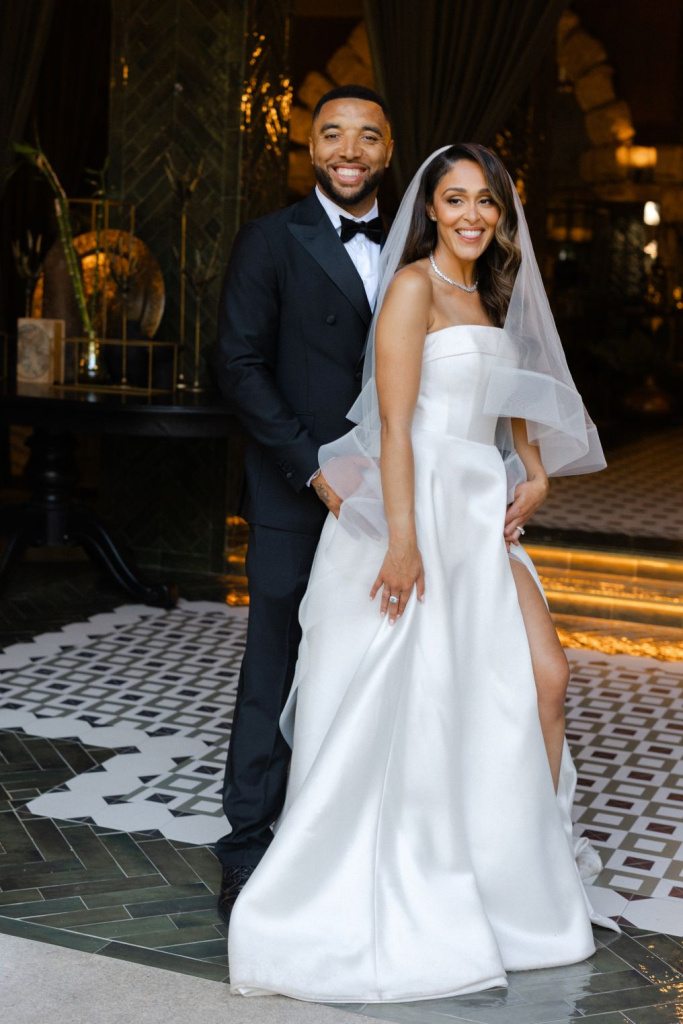
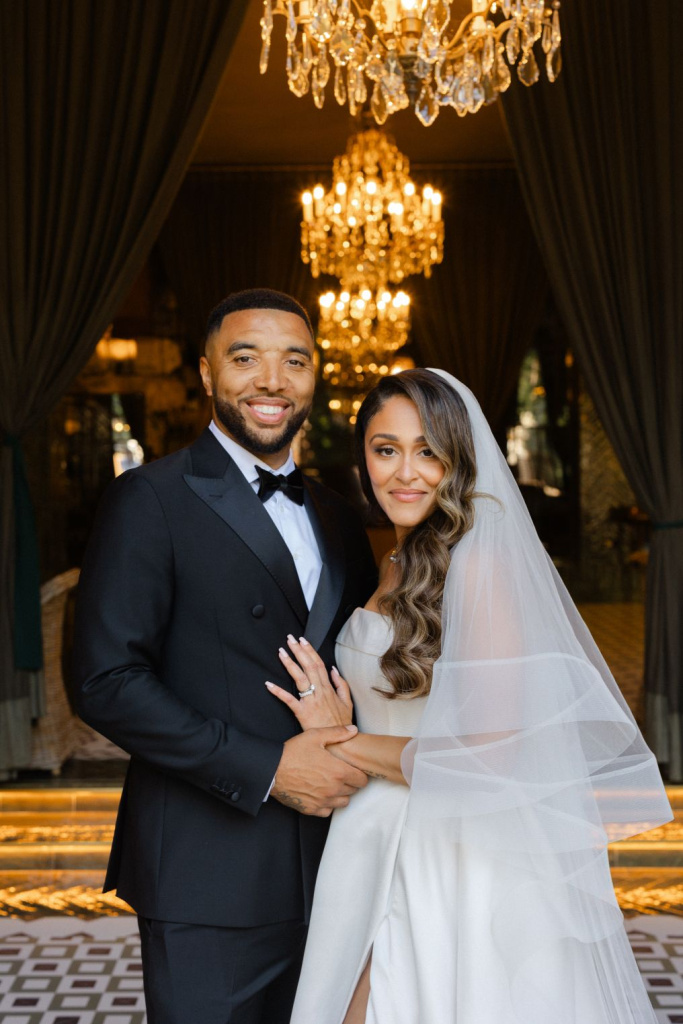
With fewer vendors and simpler logistics, you have more flexibility to adapt if things don't go according to plan, but you still need thoughtful backup plans that maintain the quality and intentionality of your celebration. The key is creating alternatives that feel like purposeful choices rather than disappointing compromises.
Essential backup planning areas:
- Weather alternatives: Specific indoor options that maintain your celebration's aesthetic and flow
- Vendor emergencies: Contact information and backup options for all key vendors
- Timeline flexibility: Built-in buffer time that allows for delays without disrupting key moments
- Transportation contingencies: Alternative routes and backup transportation options
- Technology failures: Backup audio equipment, lighting solutions, and communication methods
- Guest emergencies: Plans for handling last-minute cancellations or additions
- Venue issues: Alternative locations or spaces within your venue if your first choice becomes unavailable
Communicate your backup plans to key people in your wedding party and immediate family. Unlike larger weddings where backup plans might be handled entirely by professional coordinators, intimate weddings often rely more on personal relationships for plan execution. Make sure the right people know what to do if adjustments become necessary.
Design Favors That Actually Matter
The key to meaningful favors is personalization and utility. Consider what each guest would genuinely appreciate and use in their daily life, then find ways to connect those items to your wedding story or relationship with that specific person.
Favor ideas that create lasting impact:
- Custom photo books: Small albums featuring photos of you with each guest or from shared experiences
- Personalized plants: Succulents or herbs with custom pots that include planting date and care instructions
- Artisanal food items: Local specialties, homemade preserves, or treats from meaningful places in your relationship
- Custom candles: Scented with fragrances that remind you of specific memories with each guest
- Personalized books: Copies of your favorite book with handwritten notes explaining why it's meaningful
- Custom artwork: Small prints, sketches, or commissioned pieces that reflect your relationship with each person
The presentation of your favors should reflect the same attention to detail as the rest of your celebration. Beautiful packaging, handwritten thank-you notes, and thoughtful timing make even simple gifts feel luxurious and intentional.

End with an Intimate After-Party
Don't let the celebration end when the official reception does. With the energy and excitement still high from your intimate ceremony and reception, transitioning to a more casual continuation gives you unstructured time to savor the moment with your closest people without any timeline pressure or formal obligations.
The after-party should feel distinctly different from your main celebration—more relaxed, spontaneous, and focused purely on enjoying each other's company. This is where the real magic of intimate celebrations often happens, when the formal elements are complete and everyone can simply be present with each other.







